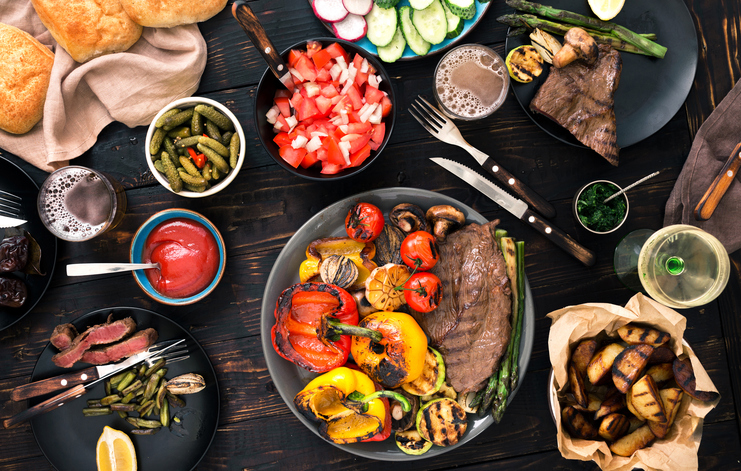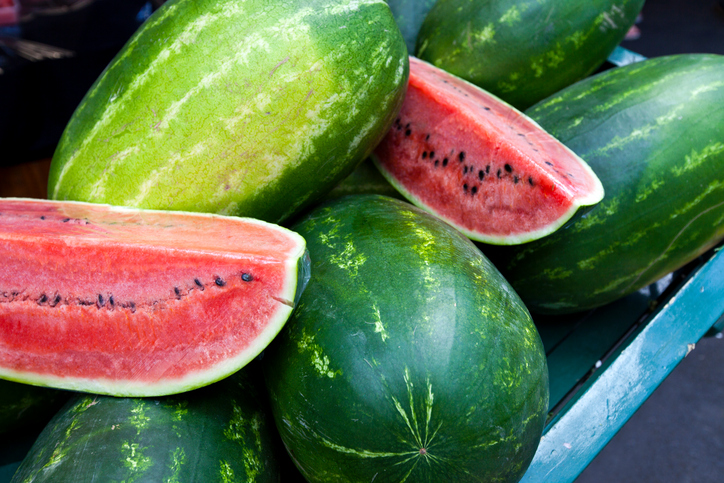If everything in your menu is the same flavor profile, the same texture, and the same temperature, it’s not exactly a menu. It’s more like meal-in-a-pot. We don’t object to one-dish suppers, but they’re not as exciting as menus with multiple dishes that celebrate different facets of food. If you’re not following a menu straight out of a cookbook or magazine, but creating something of your own, you need to have a plan. Here’s a great one: mix or match. In other words, contrast or complement things about the dishes you’re serving.
You can choose to either contrast or complement your menu items based on taste, texture, or temperature. The most interesting and involved possibilities come into play with taste, so we’ll begin there.
The basics of taste
Your tongue only tastes four flavors:
- Sweetness
- Salt
- Bitterness
- Acidity
There’s also a fifth flavor, known by the Japanese term Umami, a sort of savory mushroom-y meatiness that is perceived more throughout the mouth. Smoke is an umami flavor.
When professional chefs are creating dishes or menus, they will do a complex balancing act, looking at the interaction of all the four flavors within one recipe, and then again in the combination of items they serve together. For everyday people and their menus, it’s easiest to pick out one main flavor from your main dish and base your planning on either contrasting with that flavor or complementing it.
Let’s look at some examples of complementary or contrasting tastes on your menu.
If your protein is a black-pepper encrusted strip steak, it’s bitter (like all other dishes dominated by spicy hot peppery flavors). So you could either contrast with a salad with plenty of sweetness from watermelon or other fruit, or complement with a side of kale, dandelion, chard or other greens.
If your main dish is a slab of barbecued ribs in a sauce that’s dominated by vinegar, put it in the acid category. Then contrast with a salty mac and cheese (also rich in umami earthiness). Or, serve with a complementary, bright vinaigrette-dressed (and marinated) California cole slaw.
So next time you’re putting together a menu, have fun. Mix it up. Or play matchmaker. Either way, you and the people who are dining at your table are winners.
A brief discussion of texture and temperature
When it comes to texture, you can play. If you keep textures complementary, you might want everything on your menu to have tender and soft qualities. Think filet mignon with smooth mashed potatoes on the side. For contrasting texture, just go back to the example of gooey ribs and crunchy slaw (above).
Finally, you can satisfy and stimulate the palates of everyone at your table by paying attention to temperature. Contrast can be delicious: put jerk pork chops hot off the grill next to a simple salad of fresh tomatoes.
BACK TO BLOG



